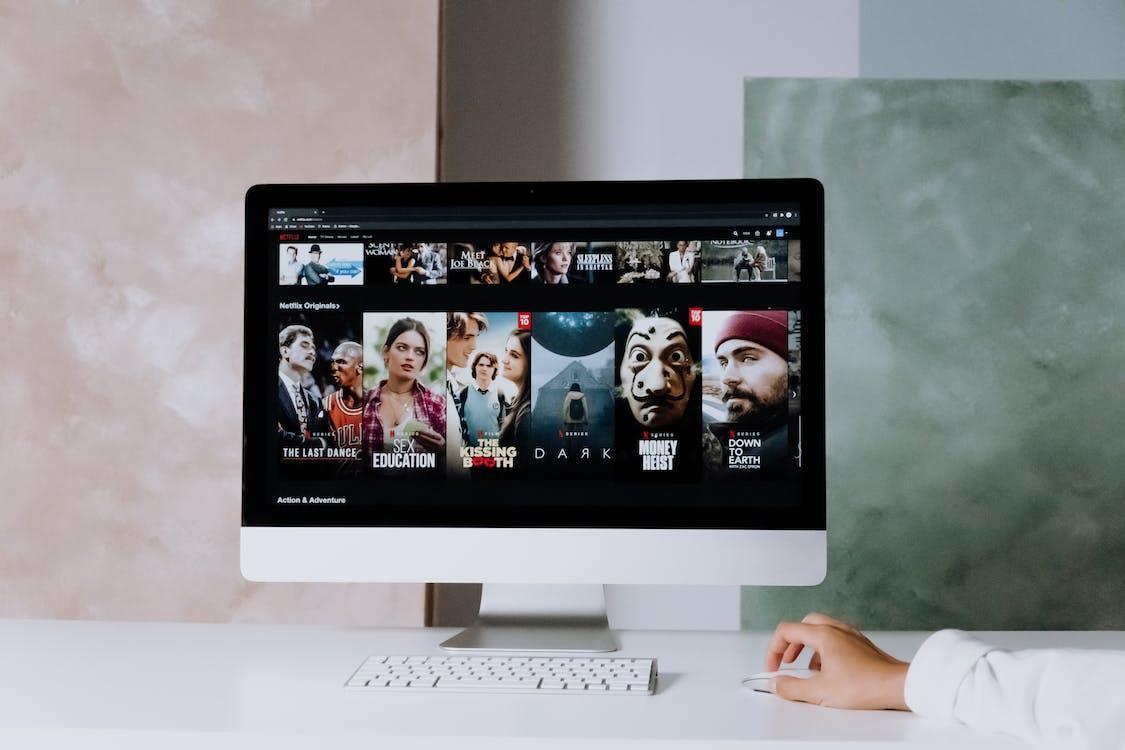What is Paper Trading? How it Works in Canada
Paper or virtual trading is a method of practicing the art of trading in a virtual stock market. It helps you learn how to buy and sell stocks without committing your money.
It’s a good starting point to test your trading strategies in a real-world setting. This way, you can gauge the success or failure of these strategies before implementing them in a live account.
There are no winners or losers, as the money in that trading isn’t real. It’s called Demo Trading in the Forex or CFD market.
The trading world might take a lot of work, especially for beginners. Explore this article to uncover everything you need about paper trading to feel more confident about trading on real markets.
Key Takeaways:
|
Definition and Overview of Paper Trading
In the older years, traders practiced on paper before risking money in live markets. Now, they use automated stock market simulators and stock screeners that online trading platforms provide. The common ones are:
- TMX stock screener
- Stock Rover
Paper trading is also a straightforward process. Typically, prospective traders do the following steps:
- Write down their trades.
- Monitor their imaginary profits and losses.
- Track the market movements to see if their hypotheses panned out.
Both experienced traders and novices use paper trading techniques.
| Beginner traders mostly use virtual stock trading to help them practice their trading strategies in real-world live trading scenarios without investing real money.
Experienced traders use paper trading to experiment with new products or investment methodologies to monitor their virtual investments regarding the financial market. |
| 📌 Use-Case Scenario
Josh wants to start trading stocks in the financial market, but he wants to learn the basics and get his feel of the financial market before venturing into live trading.
|
Besides being a significant trading technique, paper trading offers many benefits for your financial journey.
Significance and Benefits of Paper Trading
Paper trading is indispensable to financial market traders, especially newbies who venture into the stock market. Some key benefits include:
Risk-Free Learning
Putting your money at stake to conduct practice trades is unnecessary since paper trading involves only fictitious money. This eliminates all financial risks, as you lose nothing even if you make bad trading decisions and strategies.
Gaining Familiarity With Trading Platforms and Tools
Starting your stock investment journey with paper trading helps familiarize you with the platform. It teaches you about stocks, purchasing, and trading strategies using the necessary tools.
You will gain well-grounded investment education with a library of articles, tutorials, and demos. There is also a provision to interact with online communities willing to answer your technical and investing questions.
Building Confidence and Discipline in Trading Decisions
Besides option trading, paper trading is another safe space to learn all about stocks, how to place trades, build a portfolio, and make all the rookie investing mistakes.
It provides an enjoyable environment that lets you focus and study your hypothetical trading positions and build confidence in your trading decisions.
Assessing the Performance of Different Investment Strategies
Another great significance of paper trading is that it allows you to test your investment strategies and techniques using an investment strategy stimulator.
This is to assess the performance of these investment strategies to know whether they are a success or failure.
Testing new stocks or investment strategies before you buy is essential in stock trading.
| 🎉 Fun Fact
Paul Tudor Jones, the founder of Tudor Investment Co., made his fortune shorting the 1987 stock market crash. The genius Jones predicted the multiplying effect of portfolio insurance (a popular risk management tool) on a bear market. As of May 2022, Paul Jones is worth roughly $7 billion and is currently managing his hedge fund. |
Familiarizing With the Canadian Market Dynamic
Learning about the stock market via paper trading in Canada helps you get familiar and hands-on with the Canadian market dynamics. It prepares you to navigate and make trading decisions in real trading.
Limitations in Paper Trading
No doubt, paper trading is helpful in many ways. However, like many other things, it’s not foolproof. There are a few limitations to be aware of before you start your paper trade journey.
Lack of Emotional Impact Compared to Real Trading
While paper trading is a great practice, it lacks the emotional impact of actual trading. Considering that there’s no real money involved, you might not take the losses—and the thrill of gain—seriously.
It’s crucial for traders to be conscious of the difference and emotionally equip themselves when transitioning to live trading.
Discrepancies Between Simulated and Actual Market Conditions
Even after practicing with paper trading, there are still some real-life differences between the actual market conditions in live trading and paper trading simulators.
Paper trading only allows you to practice trading but doesn’t consider other costs in live trading, like commissions, fees, and taxes. When all these costs are added up, they can reduce your profits.
| 💡 Did you know?
Quantified Strategies says about 70% to 90% of traders lose money. However, what traders don’t tell you is their massive profits. Nobody knows how much capital exactly a trader is risking or how much money they lose when trades go against them. |
Recognizing the psychological aspects of trading even in a simulated environment
The biggest drawback of paper trading is that it’s not real. It means the trader can’t withdraw profits when making great investment returns. It also doesn’t address or evoke real emotions produced by actual profits or losses.
| ✅ Pro-tip
Trading is and will always be risky. Do your due diligence, and do NOT risk more than you can afford to lose. |
How Paper Trading Works
The following guidelines below show how to start your trading journey via paper trading.
Choosing a Reputable Online Brokerage Platform
Choosing a reputable online brokerage platform is the first step when starting paper trading. The tools and other functionalities of the trading platform determine your level of knowledge and the success of your trading experience.
You can download paper trading apps on Google Play Store or Apple Store.
Some of the best paper trading apps highly recommended by Nerd Wallet in Canada include;
- E-Trade,
- Interactive Brokers,
- TD Ameritrade,
- Fidelity Investments
- Trade Station,
- Web Bull.
Selecting any of these platforms will be a great start to your trading journey.
Opening a paper trading account
After choosing a trading platform, create an account by filling out your name, address, photo ID, utility bills, and other essential information to verify your identity and residency.
Customizing Virtual Portfolio Parameters
Once you have a trading account, you can customize and personalize the virtual trading environment, like choosing your preferred stocks and companies you want to buy and trade with.
Navigating the Features and Functionalities of the Platform
You can navigate and explore all the features and functionalities of the trading platform to get acquainted with their roles and uses in the stock market.
Exploring Available Resources and Educational Materials
Online trading platforms include educational materials like blogs, and newsletters, where you can read up on related topics or terminologies.
It also has an online community platform where you can chat, interact with other traders, and ask questions when you need clarification.
Virtual Capital and Portfolio Management
Paper trading uses virtual money. Meaning you already have virtual capital to start your investment journey.
You can decide on the number of stocks and other assets you wish to buy and how you manage and grow your portfolio.
| ✅ Pro-tip
Once you’re ready for real trading, always consider your financial goals and time horizon when building a portfolio. As Sharpepoint’s Certified Financial Planner, Brian Robinson, says, “Without an end goal, why you want to invest doesn’t really matter.” |
Accessing Real-Time Market Data
Users can access real-time market data while practicing. They use price movements and market conditions to make informed decisions and formulate new trading strategies during trading.
Conclusion
Paper trading adoption and penetration rate has increased tremendously these past few years due to increased financial literacy and trading apps.
Traders, especially beginners, should start their stock market journey with paper trading to help them get acquainted with the financial market’s operations.
FAQs on Paper Trading
Does paper trading make you money?
Paper trading doesn’t make you real money, as you use fictitious money during trading.
Can you paper trade on mobile?
You can paper trade on both mobile and desktop devices. Download the paper trading app via Google Play Store or Apple Store, create your account, and start your trading journey.
Is paper trading the same as virtual trading?
Paper trading is also known as virtual or simulated trading.







